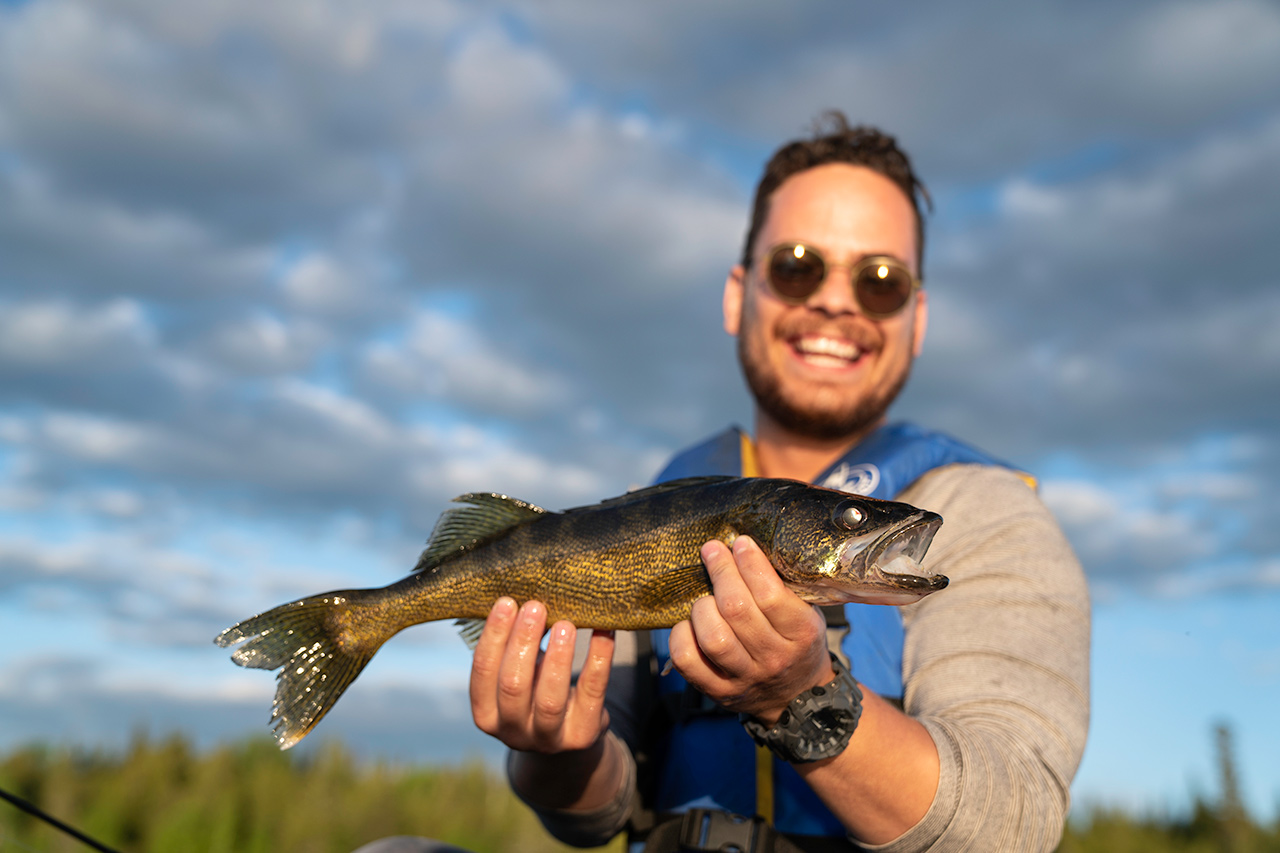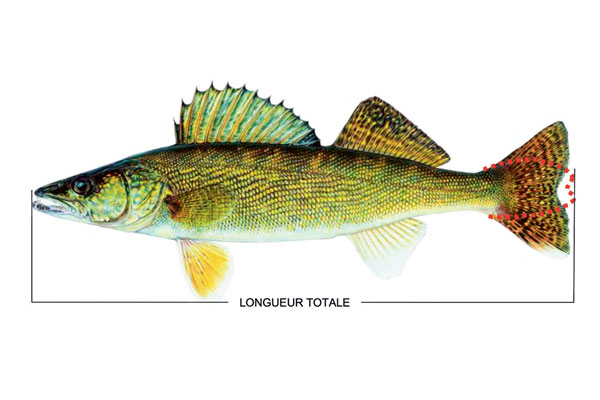Protecting walleye
Species management plan
Since 2011, a walleye management plan has been implemented in Québec by the Ministère des Forêts, de la Faune et des Parcs to ensure the preservation of the species. And as an angler, you have an important role to play! You can start by respecting the exploited size range, that is to say by releasing fish that do not correspond to the pre-established size limits. And thanks to the invaluable collaboration of all anglers, the catch success rate will only improve!
In Réserve faunique La Vérendrye, this measure will apply to all bodies of water.
 Réserve faunique La Vérendrye
Réserve faunique La Vérendrye
Sectoral terms and conditions
Size ranges to be respected; two zones to be considered
Réserve faunique La Vérendrye is divided into two growth levels for walleye: slow and rapid. The measures implemented therefore differ depending on the sector visited. Make sure you know which limit to consider so as to avoid confusion once on site.
Consult the map (in French only)
List of lakes and their applicable size range (in French only)
Abitibi sector (slow growth)
Mandatory release of all walleye smaller than 32 cm and larger than 47 cm.
Zone affected: the entire territory north of routes 217, 20, 28, 117 and 29, excluding Lac de l'Orignal, Lac Joncas and Lac Au Barrage.
Outaouais sector (rapid growth)
Mandatory release of all walleye smaller than 37 cm and larger than 53 cm.
Zone affected: the entire territory south of routes 217, 20, 28, 117 and 29, including Lac de l'Orignal, Lac Joncas and Lac Au Barrage.
For both sectors, no length limit for sauger.
Know how to measure properly
Did you know that the walleye you catch should always be measured on their total length, rather than from the fork of the tail? Be sure to measure properly to avoid keeping catches that are outside the allowable size range.
Transporting your walleye in just the right way
If the walleye you catch fall within the required size range, avoid misunderstandings during controls by always transporting your fish with the skin still on the flesh (whole or in fillets). The purpose of this measurement is to identify the species of walleye and to determine its total length.
Best practices for catch and release
If a walleye you catch does not fall within the required size range, it is essential to release it safely. To promote the survival of released fish, a few simple precautions can be taken to minimize injury to the fish.
- Fish less than 50 feet deep to limit rapid pressure changes on the way to the surface.
- Use artificial lures instead of natural bait (worms and leeches).
- Replace J-hooks and treble hooks with circle hooks.

- Use a small mesh net without knots.
- Keep the fish in the water for all handling. If you have to handle it out of the water, it’s best to do so with bare, wet hands and limit the exposure to less than 15 seconds. The more air the fish is exposed to, the less chance it has of surviving.
- Avoid touching the gills and eyes of the fish.

